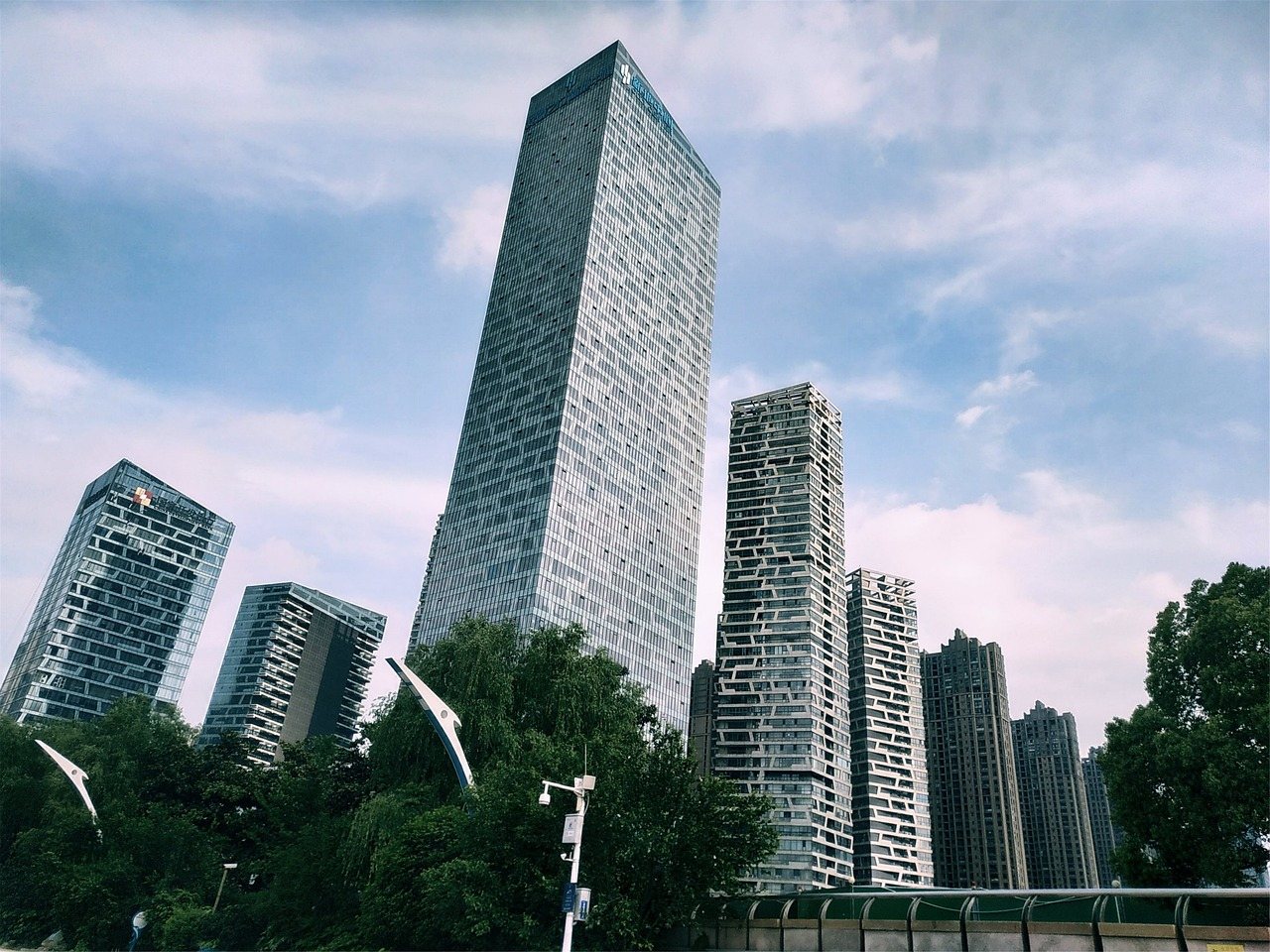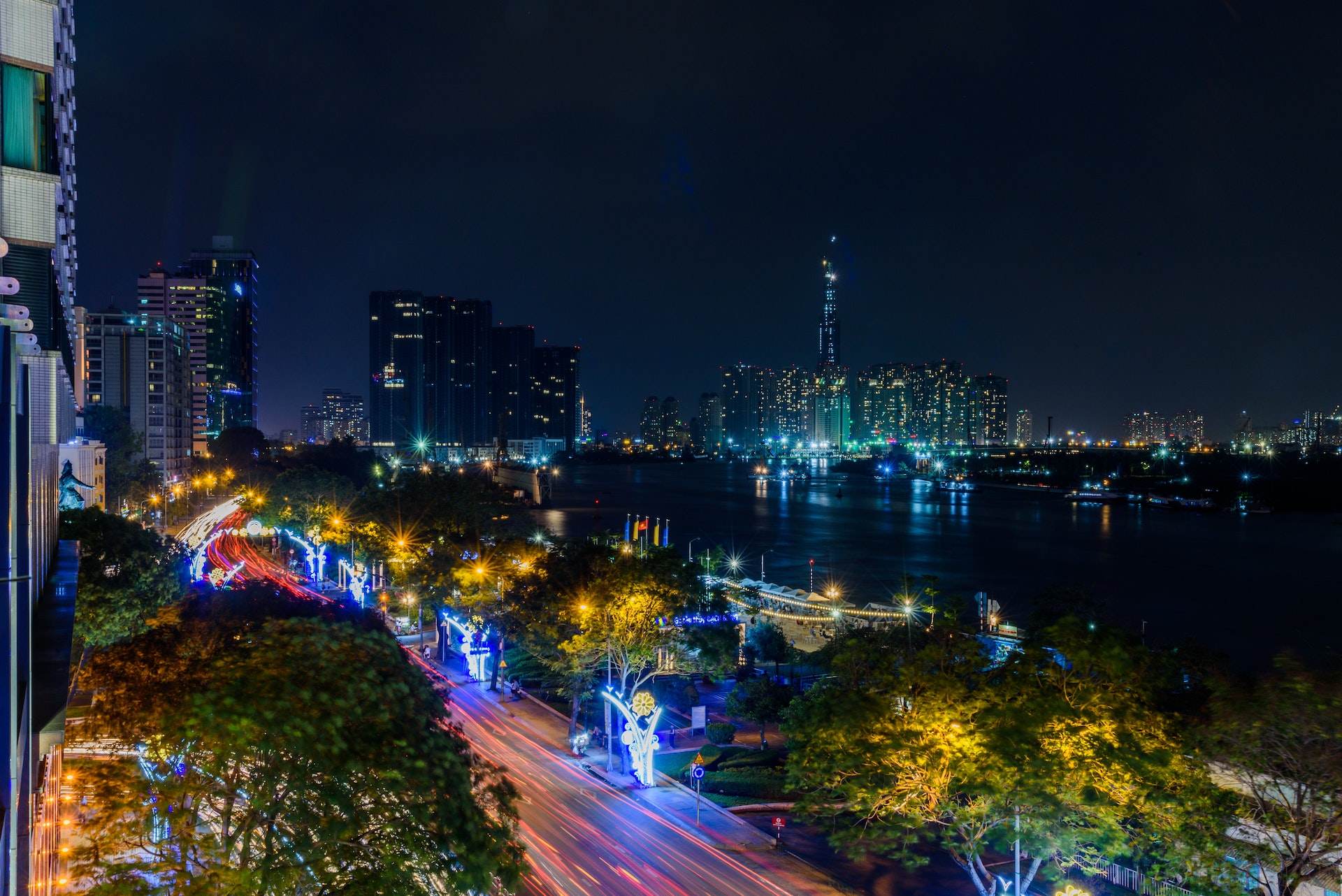Hiroshima museums are a must-see for anyone interested in history and culture. The city of Hiroshima, which was devastated by an atomic bomb in 1945, has several museums that commemorate the event and honor its victims. In addition to these, there are also museums that showcase the city’s rich artistic and cultural heritage. In this article, we will take a look at some of the most popular museums in Hiroshima and provide information on their exhibits, special exhibitions, history, and availability of guided tours.
1. Hiroshima Peace Memorial Museum
The Hiroshima Peace Memorial Museum, also known as the Atomic Bomb Museum, is dedicated to the victims of the atomic bomb that was dropped on Hiroshima on August 6, 1945. The museum provides a detailed account of the events leading up to the bombing, the bombing itself, and its aftermath. Visitors can see exhibits of personal belongings and photographs of the victims, as well as a replica of the bomb and the damage it caused.
The museum also has a section dedicated to the history of nuclear weapons and their impact on humanity. It also showcases the efforts that have been made to achieve world peace since the bombing. The museum is open from 8:30 am to 6:00 pm, and admission is free. Guided tours are available in Japanese, English, Chinese, and Korean.
2. Hiroshima Prefectural Art Museum
The Hiroshima Prefectural Art Museum, also known as the Hiroshima Kenritsu Bijutsukan, is a museum of fine arts that features works by artists from Hiroshima and other parts of Japan. The museum has a collection of over 4,500 works, including paintings, sculptures, ceramics, and more.
The museum’s permanent collection includes works by famous Japanese artists such as Ito Jakuchu, Tawaraya Sotatsu, and Yamanashi Chikuden. The museum also regularly holds special exhibitions of works by contemporary artists. The museum is open from 9:00 am to 5:00 pm, and admission is free. Guided tours are available in Japanese and English.
3. Hiroshima City Museum of Contemporary Art
The Hiroshima City Museum of Contemporary Art is a museum that focuses on contemporary art from Hiroshima and around the world. The museum features works by both emerging and established artists, and its collection includes paintings, sculptures, installations, and more.
The museum also holds special exhibitions throughout the year, showcasing works by artists from Japan and abroad. The museum is open from 9:00 am to 5:00 pm, and admission is free. Guided tours are available in Japanese and English.
4. Hiroshima Museum of Art
The Hiroshima Museum of Art is a museum of fine arts that features works by Japanese and Western artists. The museum’s collection includes paintings, sculptures, ceramics, and more. The museum’s permanent collection includes works by famous Western artists such as Monet, Renoir, and Van Gogh.
The museum also regularly holds special exhibitions of works by contemporary artists. The museum is open from 9:00 am to 5:00 pm, and admission is free. Guided tours are available in Japanese and English.
5. Hiroshima Castle
Hiroshima Castle is a reconstructed castle that was originally built in the 16th century. The castle was destroyed by the atomic bomb in 1945, but it has since been rebuilt and serves as a museum. The museum features exhibits on the history of Hiroshima and the castle, as well as a collection of weapons and armor.
The castle also has abeautiful garden and park surrounding it, making it a great place to visit for those interested in history and culture, as well as for those who simply want to enjoy the outdoors. The castle is open from 9:00 am to 6:00 pm, and admission is free. Guided tours are available in Japanese and English.
Conclusion
Hiroshima is a city rich in history and culture, and its museums are a great way to learn about the city’s past and present. From the Hiroshima Peace Memorial Museum, which honors the victims of the atomic bomb, to the Hiroshima Museum of Art, which showcases works by Japanese and Western artists, there is something for everyone to enjoy. Whether you’re interested in art, history, or culture, these museums offer a wealth of information and experiences that will leave you with a deeper understanding of Hiroshima and its people.



